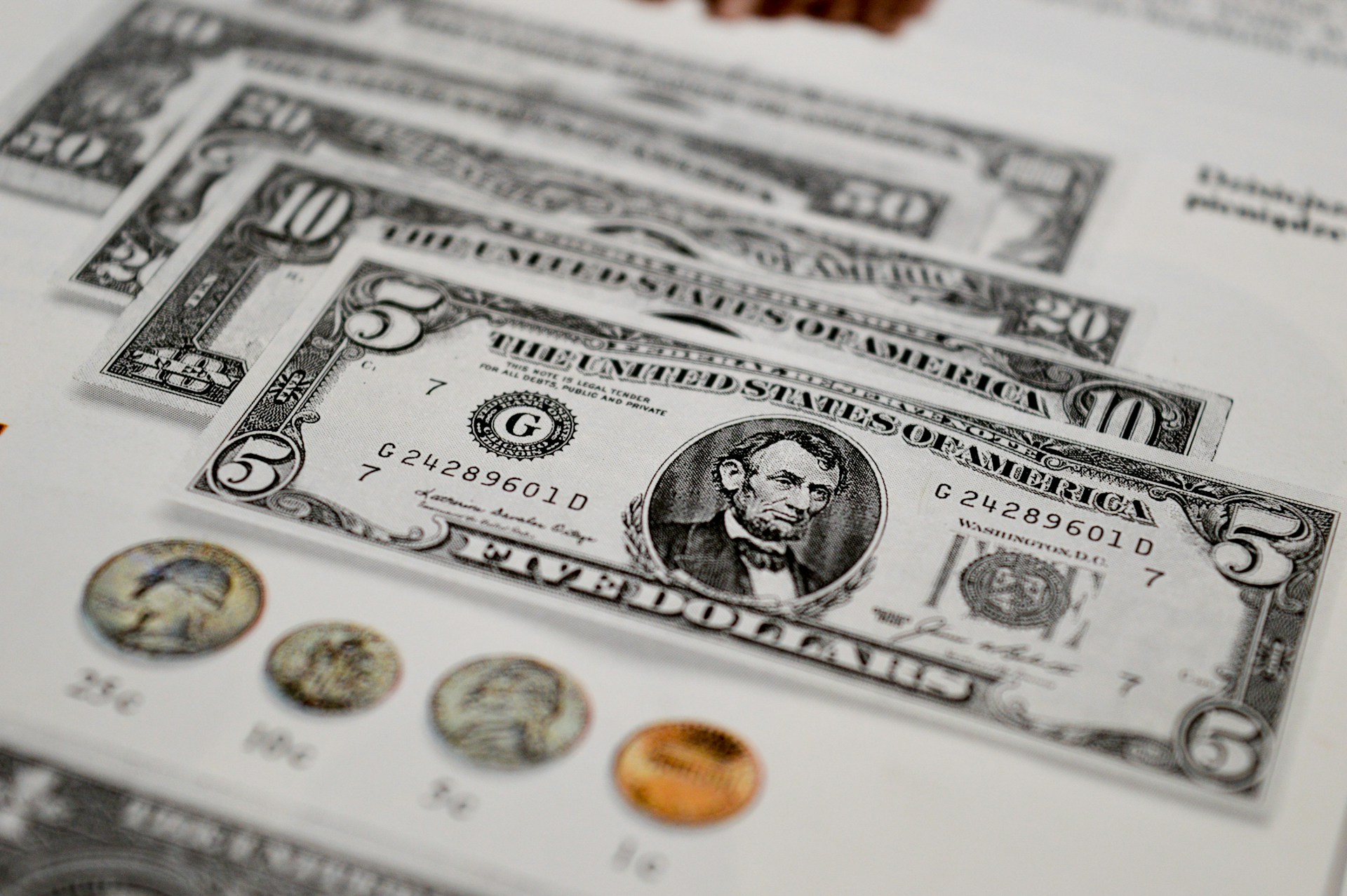The U.S. dollar surged to its strongest weekly performance in over a month as traders reassessed interest rate expectations and braced for the potential inflationary impact of President-elect Donald Trump’s proposed economic policies.
Fed Signals Caution, Traders React
Federal Reserve Chair Jerome Powell’s recent comments set the tone for market apprehension, with the Fed opting to proceed cautiously on rate cuts. Powell highlighted ongoing economic growth, robust job numbers, and persistent inflation as reasons to avoid aggressive monetary easing. Following his remarks, traders scaled back their bets for a rate cut at the Fed's December meeting, with probability estimates dropping to 61% from 82%, according to the CME FedWatch tool.
The greenback benefitted significantly, reflecting these shifts in sentiment. The dollar index climbed close to a one-year high at 107.07, marking a weekly rise of nearly 1.65%—its strongest since September—before easing slightly to 106.68 by Friday.
Currencies Struggle Against the Dollar’s Strength
The Japanese yen suffered heavily, trading above 156 yen to the dollar for the first time since July, before dropping 1.4% to 154.145. Similarly, the euro faced its second consecutive week of losses, hitting its lowest point since October 2023 before recovering slightly to $1.0540.
Sterling, meanwhile, experienced its worst weekly decline since January 2023, falling 2.4% to $1.2620. The British pound showed limited response to reports of the U.K. economy contracting in September, signaling broader macroeconomic concerns were at play.
Global FX strategist Thierry Albert Wizman of Macquarie highlighted the growing skepticism about the “Trump trade” narrative, citing concerns over inflationary pressures and potential instability arising from Trump’s cabinet picks. “The market is reassessing the sustainability of American exceptionalism under these conditions,” Wizman noted.
Retail Data and Policy Implications
Adding to the uncertainty, U.S. retail sales data for October exceeded expectations with a 0.4% rise. However, underlying consumer spending momentum appeared to wane, raising concerns about fourth-quarter economic performance. Boston Fed President Susan Collins indicated in the Wall Street Journal that upcoming jobs and inflation data would likely influence whether rate cuts pause entirely in December.
Bitcoin and Cryptocurrencies Face Profit-Taking
In the cryptocurrency market, Bitcoin experienced volatility, trading at approximately $90,000. Despite earlier gains, some investors took profits following its meteoric rally. Ethereum declined 2.17% to $3,051.30, mirroring the broader uncertainty across financial markets.
Market Outlook Remains Volatile
Analysts warned that market reactions to Powell’s remarks and Trump’s proposed economic strategies could continue driving turbulence. Marc Chandler, chief market strategist at Bannockburn Global Forex, observed, “The market overreacted to Powell’s cautious tone, but the forces unleashed by the U.S. election are far from exhausted.”



 Asian Currencies Steady as Markets Await Fed Rate Decision; Indian Rupee Hits New Record Low
Asian Currencies Steady as Markets Await Fed Rate Decision; Indian Rupee Hits New Record Low  Oil Prices Hold Steady as Ukraine Tensions and Fed Cut Expectations Support Market
Oil Prices Hold Steady as Ukraine Tensions and Fed Cut Expectations Support Market  Asian Markets Mixed as Fed Rate Cut Bets Grow and Japan’s Nikkei Leads Gains
Asian Markets Mixed as Fed Rate Cut Bets Grow and Japan’s Nikkei Leads Gains  Trump and Lula Discuss Trade, Sanctions, and Security in “Productive” Phone Call
Trump and Lula Discuss Trade, Sanctions, and Security in “Productive” Phone Call  Asian Currencies Steady as Rupee Hits Record Low Amid Fed Rate Cut Bets
Asian Currencies Steady as Rupee Hits Record Low Amid Fed Rate Cut Bets  Asian Currencies Edge Higher as Markets Look to Fed Rate Cut; Rupee Steadies Near Record Lows
Asian Currencies Edge Higher as Markets Look to Fed Rate Cut; Rupee Steadies Near Record Lows  UN Chief Says Gaza Operation “Fundamentally Wrong” as Concerns Over War Crimes Grow
UN Chief Says Gaza Operation “Fundamentally Wrong” as Concerns Over War Crimes Grow  Honduras Election Turmoil Deepens as Nasralla Alleges Fraud in Tight Presidential Race
Honduras Election Turmoil Deepens as Nasralla Alleges Fraud in Tight Presidential Race  Asian Markets Stabilize as Wall Street Rebounds and Rate Concerns Ease
Asian Markets Stabilize as Wall Street Rebounds and Rate Concerns Ease  Japan’s Nikkei Drops as Markets Await Key U.S. Inflation Data
Japan’s Nikkei Drops as Markets Await Key U.S. Inflation Data  BOJ Governor Ueda Highlights Uncertainty Over Future Interest Rate Hikes
BOJ Governor Ueda Highlights Uncertainty Over Future Interest Rate Hikes  Trump Claims He Will Void Biden Documents Signed with Autopen
Trump Claims He Will Void Biden Documents Signed with Autopen  U.S. Futures Steady as Rate-Cut Bets Rise on Soft Labor Data
U.S. Futures Steady as Rate-Cut Bets Rise on Soft Labor Data  China’s Expanding Maritime Military Presence Alarms Taiwan and Japan
China’s Expanding Maritime Military Presence Alarms Taiwan and Japan  California Launches Portal for Reporting Alleged Misconduct by Federal Immigration Agents
California Launches Portal for Reporting Alleged Misconduct by Federal Immigration Agents  European Stocks Rise as Markets Await Key U.S. Inflation Data
European Stocks Rise as Markets Await Key U.S. Inflation Data 































